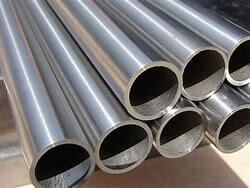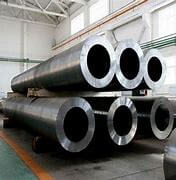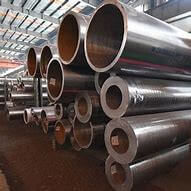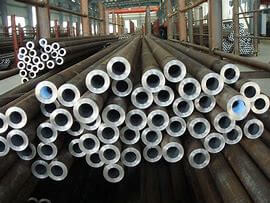In the realm of industrial piping, adherence to standards and codes is paramount to ensure the safety, reliability, and efficiency of piping systems. ASME B31.1, also known as the “Power Piping Code,” governs the design, construction, inspection, and maintenance of piping systems in power generation facilities. In this article, we explore the significance, requirements, and applications of ASME B31.1.
Overview of ASME B31.1: ASME B31.1 is a widely recognized standard developed by the American Society of Mechanical Engineers (ASME) to address the unique challenges and requirements of power piping systems. It provides comprehensive guidelines for the design, fabrication, installation, testing, and operation of piping systems used in power plants, including fossil fuel, nuclear, and hydroelectric facilities.
Key Requirements of ASME B31.1: ASME B31.1 encompasses various aspects of power piping systems, including:
- Design: The code specifies criteria for the design of piping systems, including pressure, temperature, material selection, and stress analysis to ensure structural integrity and safety.
- Materials: ASME B31.1 outlines requirements for materials used in power piping systems, including specifications for carbon steel, alloy steel, stainless steel, and non-metallic materials, ensuring compatibility with the intended service conditions.
- Fabrication and Installation: The code provides guidelines for the fabrication, assembly, and installation of piping components, including welding procedures, joint preparation, and quality control measures to maintain the integrity of the system.
- Inspection and Testing: ASME B31.1 mandates inspection and testing procedures to verify compliance with design specifications and ensure the reliability of piping systems. This includes hydrostatic testing, non-destructive examination (NDE), and pressure testing.
- Operation and Maintenance: The code addresses operational aspects such as startup, shutdown, and maintenance procedures to ensure the continued safe and efficient operation of power piping systems throughout their lifecycle.
Applications of ASME B31.1: ASME B31.1 is applicable to a wide range of power piping systems in various industries, including:
- Fossil Fuel Power Plants: ASME B31.1 governs the design and construction of piping systems for coal-fired, natural gas, and oil-fired power plants, including steam, water, and gas distribution networks.
- Nuclear Power Plants: The code provides guidelines for the design and fabrication of piping systems in nuclear power plants, including primary and secondary coolant systems, steam generators, and auxiliary systems.
- Hydroelectric Power Plants: ASME B31.1 applies to piping systems in hydroelectric power plants, including penstocks, water conduits, and turbine inlet piping, ensuring the reliability and safety of hydraulic systems.
Advantages of ASME B31.1:
- Safety: ASME B31.1 prioritizes safety by establishing rigorous standards and requirements for the design, construction, and operation of power piping systems, reducing the risk of accidents and failures.
- Reliability: By providing comprehensive guidelines for materials, fabrication, and testing, ASME B31.1 helps ensure the reliability and integrity of piping systems, minimizing downtime and maintenance costs.
- Compliance: Compliance with ASME B31.1 is often a regulatory requirement for power generation facilities, ensuring adherence to industry best practices and standards.
- Global Acceptance: ASME B31.1 is recognized and adopted worldwide, facilitating international collaboration and standardization in the design and construction of power piping systems.
ASME B31.1 serves as a cornerstone for the design, construction, and operation of power piping systems, providing comprehensive guidelines and requirements to ensure safety, reliability, and compliance with industry standards. By adhering to ASME B31.1, power generation facilities can mitigate risks, enhance performance, and maintain the integrity of their piping infrastructure, ultimately contributing to the safe and efficient generation of power.




